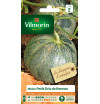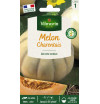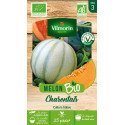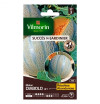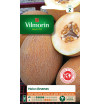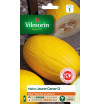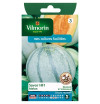
Growing melon: presentation, growing tips, harvest and recipes
Melon is a tasty and juicy fruit that is appreciated worldwide for its sweetness and refreshing aroma. This delicious fruit is grown in many parts of the world and there are several varieties of melons with different colors, shapes and flavors. In this article we will learn about the different types of melons, how to grow, harvest and taste them. We will also give you some ideas for melon recipes to inspire you.
Presentation of melon and its varieties
Melon is a fruit of the cucurbit family, which also includes squash, cucumbers and pumpkins. Melons are native to Africa and were introduced to Europe during ancient times. They are now grown in many countries around the world, including the United States, Spain, France, Italy, Turkey, Brazil, Japan and China.
There are many varieties of melons, each with its own characteristics. The most common melons are cantaloupe melons, watermelons and honeyed melons.
Cantaloupe melons are orange-fleshed melons that have a creamy texture and a sweet, fragrant aroma. They are often eaten fresh and are delicious sliced or cubed. The most common varieties are Charentais, canary yellow and galia.
Watermelons are red-fleshed or pink-fleshed melons that have a crunchy, juicy texture. They are often eaten in fruit salads or cut into slices. The most common varieties are sugar baby, crimson sweet and yellow doll.
Honeyed melons, as the name suggests, have a sweet and honeyed flavor. They are often eaten fresh and are delicious sliced or cubed. The most common varieties are honeydew, canary and cagarillion.
Growing tips for melon
Melons are annual plants that grow in warm, sunny climates. They need well-drained soil rich in organic matter to grow. Here are some tips for growing melons in your garden:
- Choose a sunny spot to plant your melons. They need at least six hours of sunlight a day to develop properly.
- Prepare the soil by ploughing it and adding compost or manure to enrich the soil with nutrients.
- Sow your melon seeds directly into the soil in late spring or early summer, when the soil is warm enough. Melons need a soil temperature of at least 21°C to germinate.
- Water your melon plants regularly to keep the soil moist, but not soggy.
- Remove weeds around melon plants to avoid competition for nutrients and water.
- Pinch the main stems of melon plants to encourage fruit production and to limit plant growth.
- If you grow potted melons, use a pot at least 30 cm in diameter and make sure there is enough drainage to prevent water build-up.
Melon harvesting
The harvest of melon depends on the variety you grow. Cantaloupe melons are ready to harvest when they have an orange color and are easily detached from the stem. Watermelons are ready when they sound hollow when you type them lightly and the skin is matte. Honeyed melons are ready when they have smooth, slightly scented skin.
When harvesting your melons, cut them carefully with a knife. Avoid pulling on the stem so as not to damage the plant.
Melon-based recipe ideas
Melon is a versatile fruit that can be used in a variety of sweet and savory recipes. Here are some ideas to inspire you:
- Melon salad: Cut melon cubes and add them to a salad with lettuce leaves, cherry tomatoes and cucumbers. Season with a light dressing for a refreshing and healthy salad.
- Cold melon soup: Mix melon, cucumber and fresh mint in a blender until smooth. Add lemon juice, olive oil and salt for a refreshing cold soup.
- Melon and ham skewers: Cut cubes of melon and roll them of raw ham. Prick them on skewers for an easy and delicious aperitif.
- Melon sorbet: Mix smooth pureed melon and add lemon juice and sugar according to your preferences. Place the melon puree in the freezer for about 4 hours, mixing it every hour to prevent ice crystals from forming. Serve the fresh melon sorbet.
When to taste melon?
The ideal time to taste melon depends on the variety you have grown. Cantaloupe melons are at their best when they are slightly soft to the touch and their scent is pronounced. Watermelons are ready to eat when they are fresh. Honeyed melons are generally best when eaten within two days of harvest.
Find your melon seeds at Multitanks
At Multitanks, we specialize in the sale of seeds and equipment for growing fruits and vegetables, including melon. If you are interested in growing melon, you can find a variety of high-quality melon seeds from us. Our selection includes different varieties of melon, including cantaloupes, watermelons and honeyed melons.
Our melon seeds are of top quality and have been selected for their high germination rate and disease resistance. By buying your melon seeds from Multitanks, you can benefit from the advice of fruit and vegetable growing experts to help you grow melon successfully. We will be happy to share our knowledge with you to help you get an abundant and tasty melon harvest.
In summary, melon is a delicious and nutritious fruit that can be successfully grown in your garden or in pots. Choosing the right variety, properly preparing the soil and following the proper growing tips, you can enjoy sweet and juicy melons all summer long. With a variety of tasty melon recipes, you can also enjoy this delicious fruit in a variety of dishes. So, don't hesitate any longer and start growing your own melon now!
Share this content








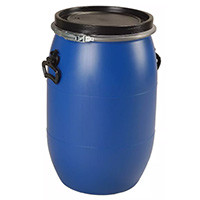


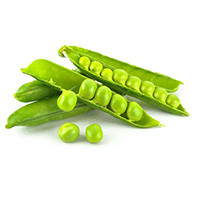

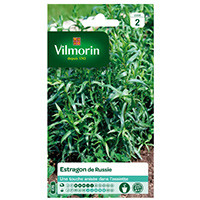

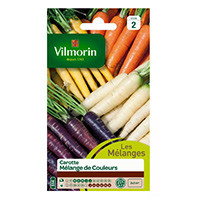



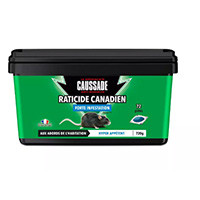
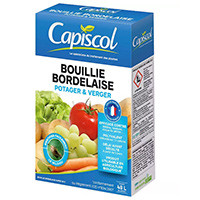

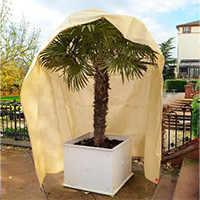


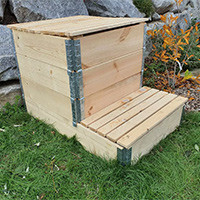
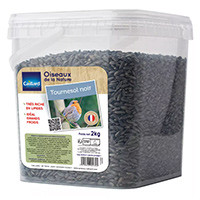




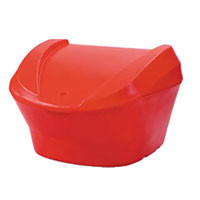


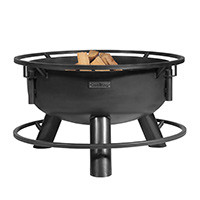
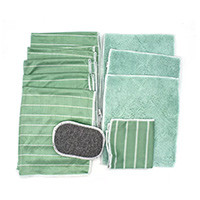


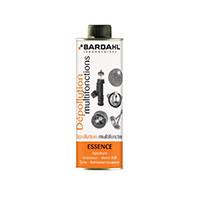








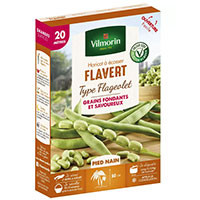

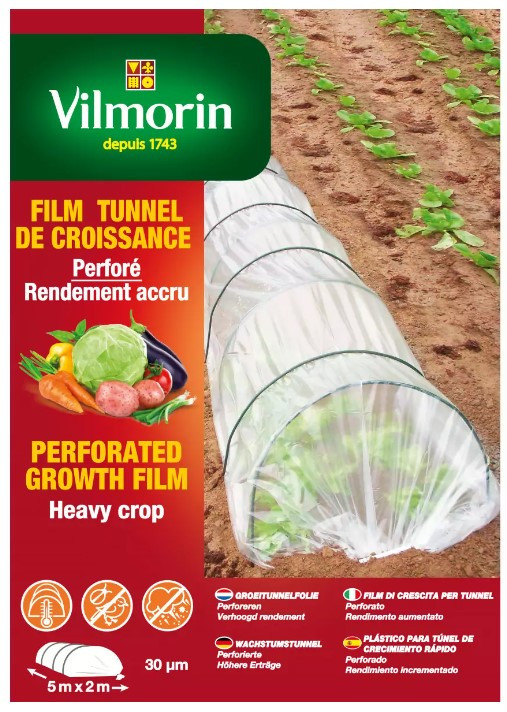






_688cc30f83e4e.jpg)



